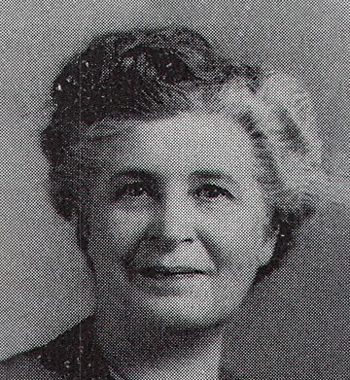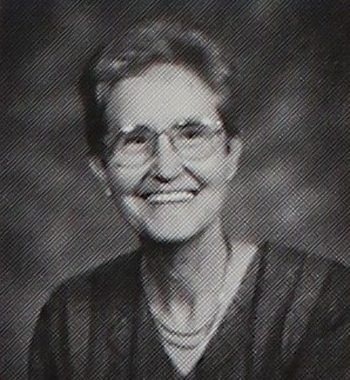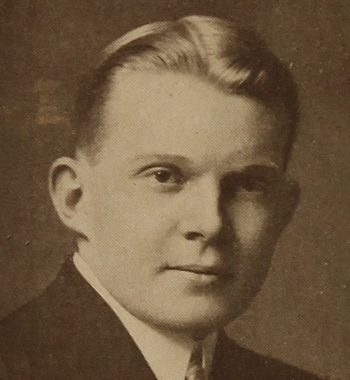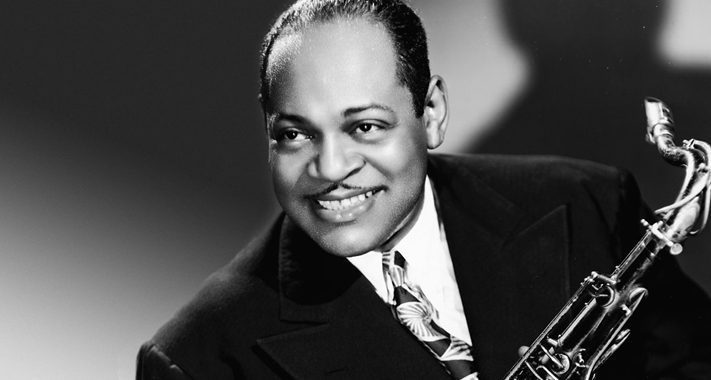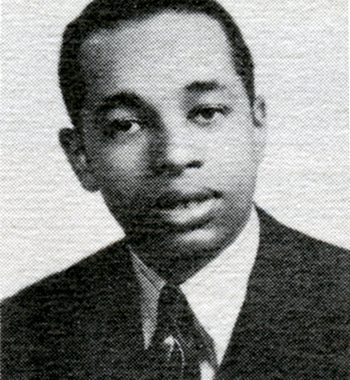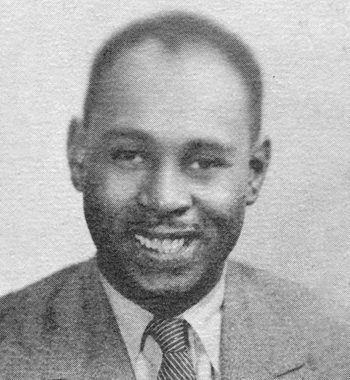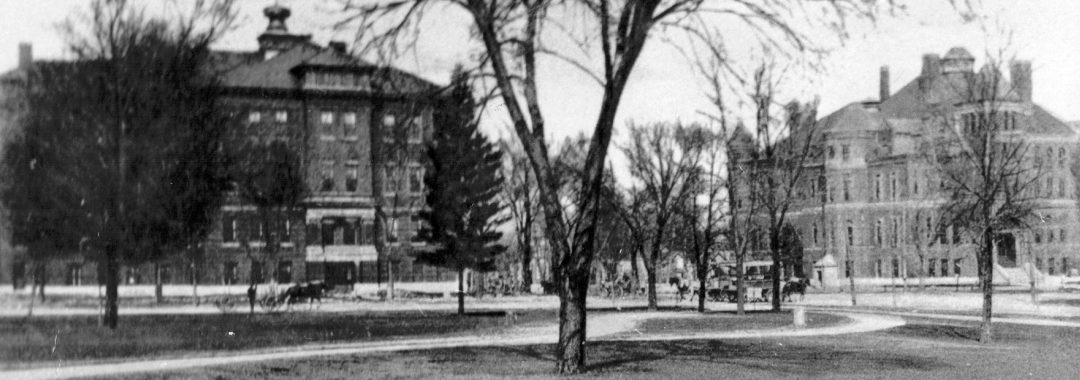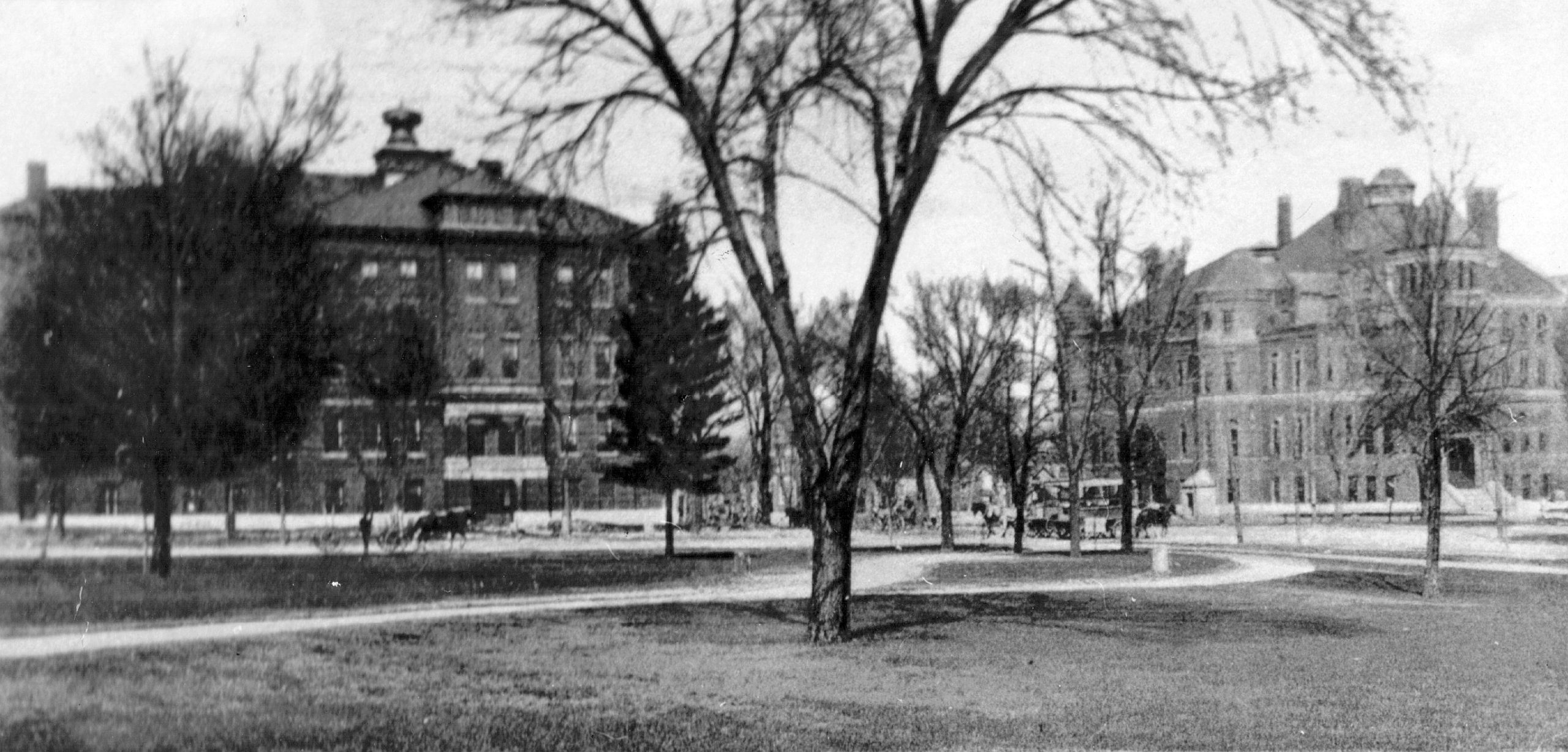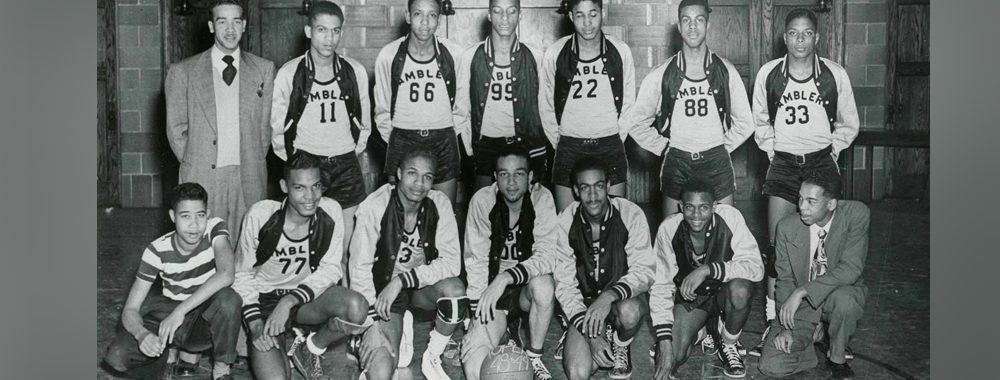2020 Distinguished Staff
Author Archive: Admin
Shirley Huttenhoff
2020 Distinguished Staff
Robert Merrell Gage
2020 Hall of Fame Inductee
Coleman Hawkins
2020 Hall of Fame Inductee
John Scott
2020 Hall of Fame Inductee
Charles Scott Sr.
2020 Hall of Fame Inductee
THS Basketball Separate, But Equal?
In October 2009 the public was invited to a panel discussion in the Student Cafeteria of THS graduates who played on the Ramblers and Trojan basketball teams. Prior to the landmark U. S. Supreme Court Case Oliver L. Brown, et.al. v. Board of Education of Topeka, Topekans of all colors enjoyed excellent educational opportunities, but the settings were questioned.
While Topeka High School was integrated, grade schools were not. And while most sports and activities at Topeka high were integrated, basketball was not. White boys were Trojans; Black boys were Ramblers. Separate but Equal?
It was the goal of the sponsors of this event: Shawnee County Historical Society, Topeka High Historical Society, Visit Topeka, National Park Services, WIBW, and the Shawnee County Sports Council, that the dialogue that began that evening will continue – and others will share their experiences and memories so our children and grandchildren truly understand the world they inherit, and they have a more clear understanding of their own mission and role in achieving freedom and equality.
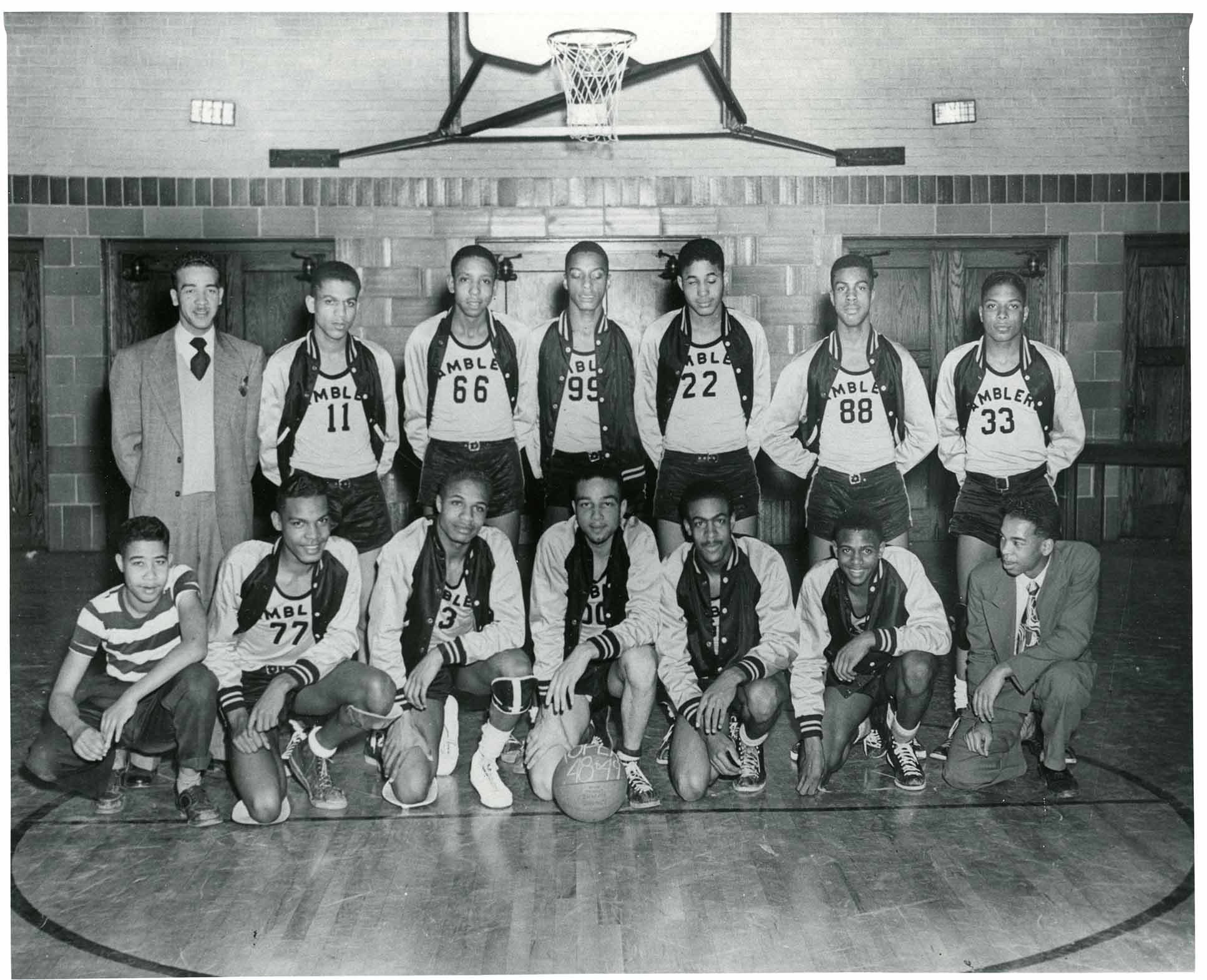
Woodward Library Stained Glass Windows
Restoration of the windows in the Topeka High Library was complete in September 2009.
This work also completed the entire restoration of all 6 areas in the building with stained glass.

Woodward Library stained glass restoration
Student Cafeteria Chandeliers
In the summer of 2009 the student cafeteria got a fantastic upgrade; chandeliers! Four of the chandeliers are originals and local business Degginger’s Foundry used the parts from them to create molds for 20 additional replicas.
Thanks to the generosity of Jayne Allen Powell’s (THS ’55) lead gift in memory of her brother James Allen ’51, which was matched by the classes of 1951 and 1958, the cafeteria is another step closer to its original appearance.
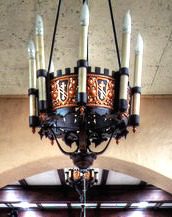
Student Cafeteria Chandeliers

